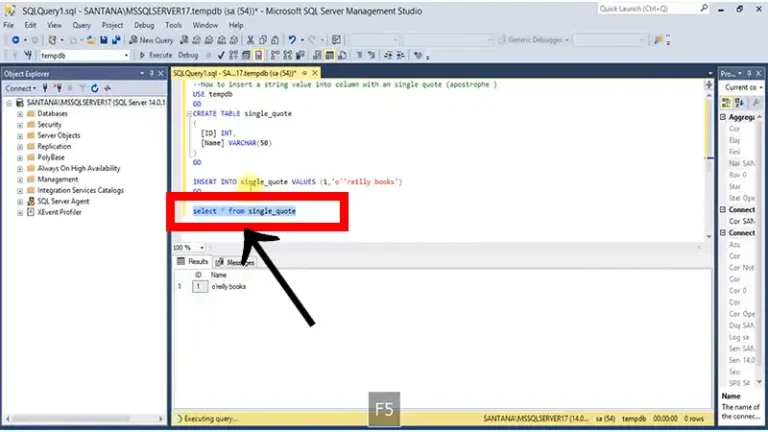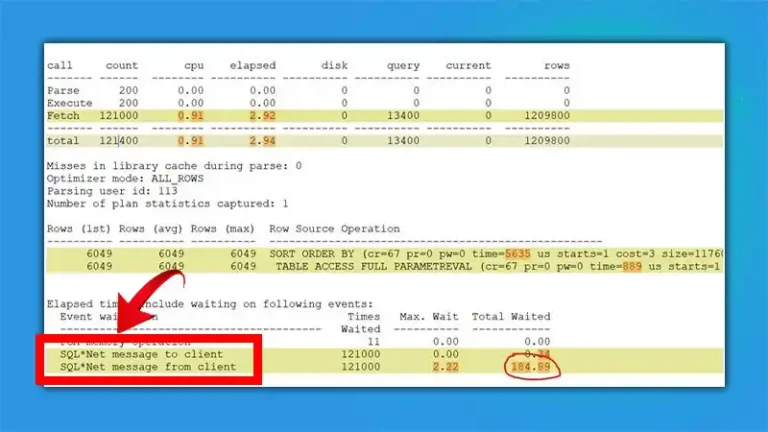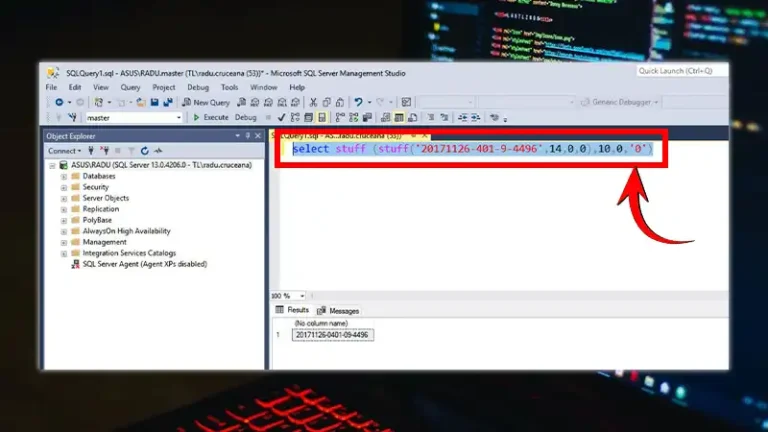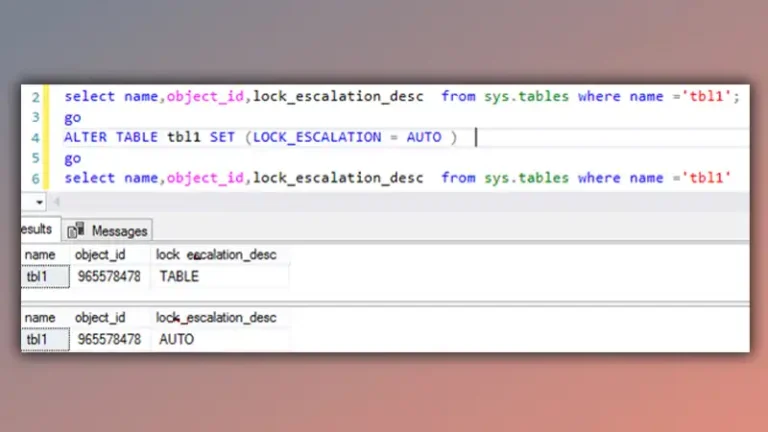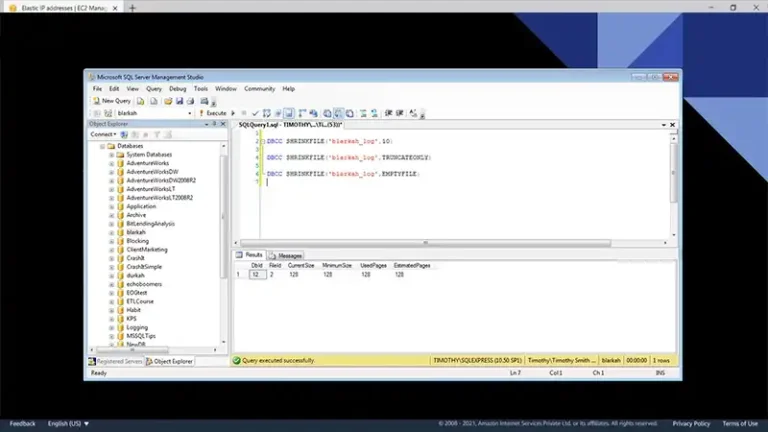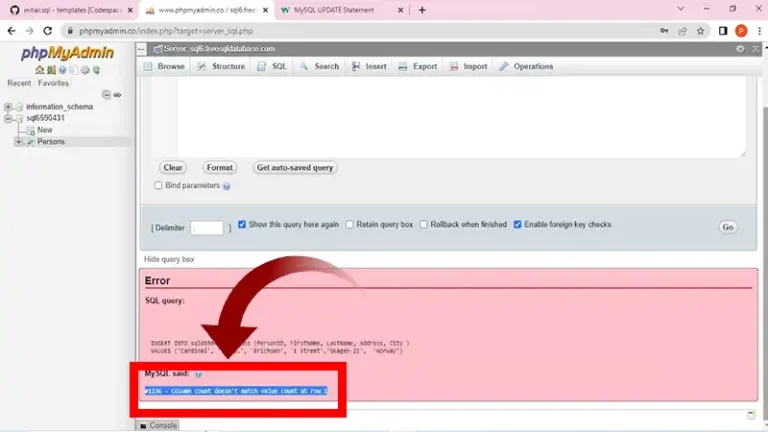Understanding SQL OUTER APPLY vs LEFT JOIN
In SQL, OUTER APPLY and LEFT JOIN are both used to join tables together, but they serve different purposes and have distinct behaviors. Understanding the differences between OUTER APPLY and LEFT JOIN is crucial for writing efficient and accurate SQL queries. In this article, we’ll explore the differences between OUTER APPLY and LEFT JOIN and when to use each.

Overview of LEFT JOIN
LEFT JOIN is a standard SQL clause used to combine rows from two or more tables based on a related column between them. The LEFT JOIN keyword returns all rows from the left table (table1), along with matching rows from the right table (table2). If there are no matches found in the right table, NULL values are returned.
Example
SELECT *
FROM table1
LEFT JOIN table2 ON table1.id = table2.id;In this example, all rows from table1 are returned, along with matching rows from table2 based on the id column. If there are no matching rows in table2, NULL values are returned for the columns from table2.
Overview of OUTER APPLY
OUTER APPLY is a SQL operator used to apply a table-valued function to each row from the outer table expression. It operates similarly to a correlated subquery but can return multiple columns and rows for each row from the outer table expression.
Example
SELECT *
FROM table1
OUTER APPLY (
SELECT *
FROM table2
WHERE table1.id = table2.id
) AS subquery;In this example, the subquery is applied to each row from table1, returning all matching rows from table2 based on the id column. If no matching rows are found, NULL values are returned for the columns from table2.
Differences and Use Cases
Let’s focus on some of the key difference between these two
Behavior
LEFT JOIN returns all rows from the left table, regardless of whether there are matching rows in the right table. If there are no matches, NULL values are returned. OUTER APPLY applies a table-valued function to each row from the outer table expression, returning matching rows from the inner table expression.
Performance
LEFT JOIN is typically more efficient for simple join operations involving two tables. OUTER APPLY is useful when applying complex table-valued functions or when joining one-to-many relationships.
Frequently Asked Questions (FAQ)
When should I use LEFT JOIN instead of OUTER APPLY?
LEFT JOIN is suitable for standard join operations between tables, especially when you want to return all rows from the left table regardless of matching rows in the right table. Use LEFT JOIN when working with simple join conditions and straightforward relationships between tables.
What are some advantages of using OUTER APPLY over LEFT JOIN?
OUTER APPLY is useful when applying table-valued functions to each row from the outer table expression. It allows for more flexibility and complexity in the join operation, especially when dealing with one-to-many relationships or complex filtering conditions.
Can I use OUTER APPLY with non-table-valued functions?
No, OUTER APPLY is specifically designed to apply table-valued functions to each row from the outer table expression. If you need to apply scalar functions or other types of functions, consider using a different join method or incorporating them directly into your SELECT statement.
Conclusion
In summary, LEFT JOIN and OUTER APPLY are both useful tools for joining tables in SQL, but they serve different purposes and have distinct behaviors. LEFT JOIN is suitable for standard join operations between tables, while OUTER APPLY is useful for applying table-valued functions to each row from the outer table expression. Understanding when to use each can help you write more efficient and effective SQL queries.

